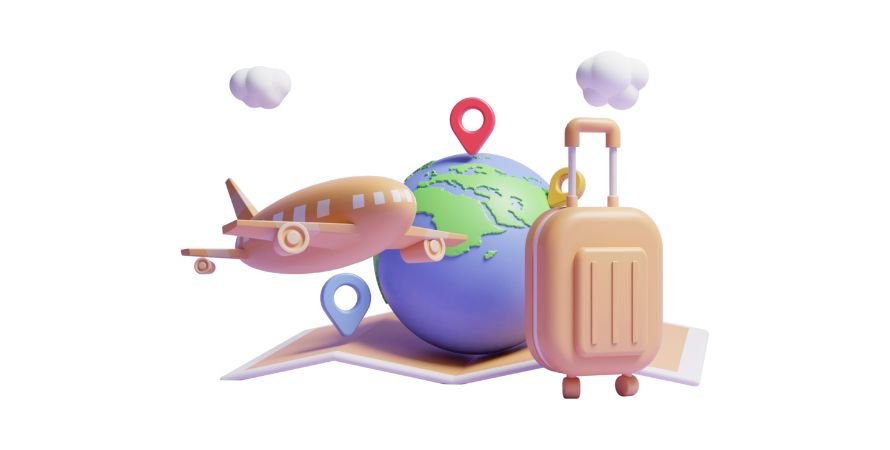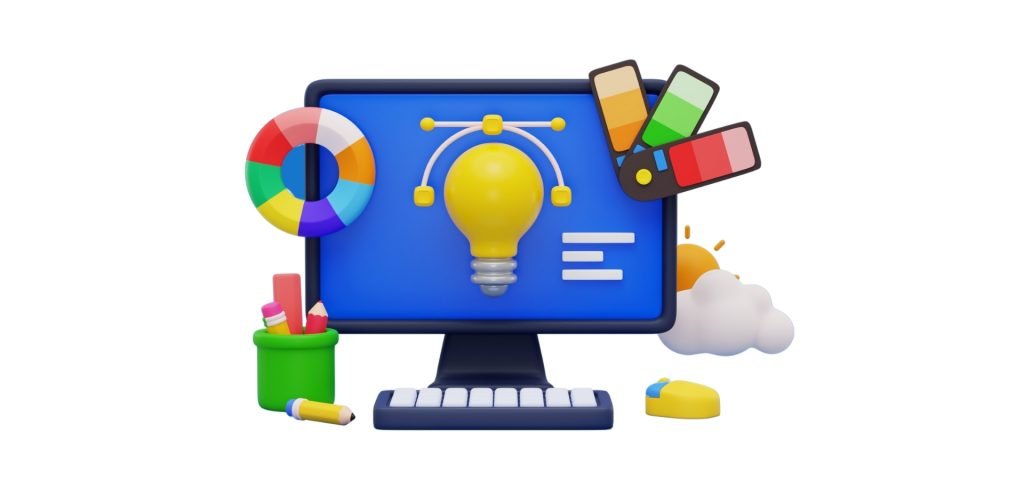In the domain of software and mobile applications, Playstore is one of the most trusted and most used platforms globally. According to the Statista Report of 2022, there are 3.48 million apps on the Google Play Store and 3739 mobile apps are uploaded daily to the Play Store. With more than 1 billion monthly active users, the Google Play Store ranks at the top for selling, promoting, and launching mobile applications.
For a newbie, it may be difficult to launch an app on the play store due to its set of rules and regulations. Just like other platforms, the play store also has various processes for launching. To avoid mistakes, we have prepared this step-by-step guide on how to launch an app on the Google Play Store.
9 Steps To Launching An App On The Playstore
Create a Developer Account
For uploading the app to the Google Play first, you need to create a google developer account. This account can be easily signed up through your existing Gmail account. Once you create an account, then for the developer agreement, Google asks for a one-time fee of approximately $25. After the payment, Google asks for your credentials like credit details, PAN, etc. After successful payment, it will take 24-48 hours to approve the account, and after that, you can upload any number of apps free of cost.
If your app is premium, then Create Merchant Account
Now you need to plan what you prefer to publish first, a paid app or a plan to sell in-app purchases. For that, you need to create a merchant account first. Here is the process of creating a merchant account.
Sign in to your Google Play Store account.
Click on “download financial reports.
Click now on the setup merchant account.
Fill in all the required business information.
As soon as the profile is created, this will automatically link to the developer account.
A merchant account is a dashboard to see all the sales, manage payments, etc.
When accepting payments from users in different countries, it’s necessary to take tax consequences into account. For instance, although the EU has a value-added tax, Australia has a Goods and Services Tax (GST) (VAT). If this is your intention and your paid app is made available worldwide, it is best to seek professional tax guidance. A helpful article regarding the various tax rates in several international jurisdictions has been released by Google.
Create App
Now you have successfully created your Play Store account. Finally, it’s time to add the app to your store. So how will you do it? See the steps here.
First, navigate to the all applications tab in the menu bar.
Click on the button to create a Mobile application.
By choosing it from the drop-down menu, choose your app’s default language.
Select the title of your app (this will be visible to the public).
Now finally tap on create.
After following all the steps, now it is time to fill in other details. That is the storyline of your product.
Prepare Store Listing
You must create your app’s store listing before you can publish it. Customers will see all of these facts on the Google Play page for your app. Note that you are not required to finish this step before moving on to the next. A draft can always be saved and come back to when you’re ready to publish. Also, there are various categories in which the data needed for your store listing is broken down.
Product Details
You must include pictures and images that demonstrate the functionality of your application. This is a technique to draw in more users. By logging into your Google Play Console, you can control the graphics of your application. Different specifications apply to each graphic (size, format, etc.).
Graphic Assets
Check your default language, just to be sure. as English is typically used by default. Along with pictures in other languages and localised visuals for each country or language, you can also provide translations of the information in your app. The Google Play Console is used for everything here, once more. Translations of the content in your app are also accessible to users.
Language and Translations
Check your default language, just to be sure. as English is typically used by default. Along with pictures in other languages and localized visuals for each country or language, you can also provide translations of the information in your app. The Google Play Console is used for everything here, once more. Translations of the content in your app are also accessible to users.
Categorization of your app
When you upload an app, you need to be very clear about the category of the app. Every app is categorized into different niches, and it is important to describe the niche in your app.
Contact Details
To give your users access to support for your app, you must include your contact information. A contact email must be provided in order for an app to be published, though you can also put other contact information here, such as an email and phone number.
Privacy Policy
For the storage of sensitive information of users, such as names, email, phone numbers, and D.O.B, or requiring user permission, Google has to add a privacy policy. The policy must disclose that all the user information is secured and not used for the wrong purposes.
Content Rating
The ideal audience for your app can be determined in part by its content rating. Because it’s a self-evaluation tool offered by Google, you must answer its questions about content quality in the Google Play Console. It is important that you answer this questionnaire honestly and openly. If you provide any inaccurate or misleading information, the app store may remove your app or prohibit you as a developer.
Upload the Android Package Kit
The file format for apps on the Android operating system is called an APK (Android Package Kit). The Google Play Store uses this file type for its files. Before uploading an APK, you must complete an app release type. You can get all the information regarding the APK files on the Google Play Store website.
Price and Distribution Setup
Determine your app’s monetization plan before you fill out the necessary information in this phase. You can decide whether your app will be free or charged once you understand how it will generate revenue.
Keep in mind that you may always adjust your app’s price later; however, you cannot convert a free app’s price back to paid. You must build a separate app for that and decide on a fee.
Additionally, you have the option to opt-in to distribute your app to particular Android devices and programs, as well as the countries you want it to be available in.
App Testing Before Launch
Google does advise testing your app before releasing it. On their Play Console platform, Google offers options for app testing that can assist you in carrying out those last checks and balances before your launch.
Publish your App
You may check the publishing status of an app via the Google Play Store platform while publishing it for the first time or even when updating an existing app. The following categories apply to the publishing status for new apps:
Draft
The app is saved and not published yet on the Google Play store.
Ready to publish
Although not yet launched, the app is prepared for release. The deployment of the app can be started on the release page to publish it.
Pending publication
The app is being reviewed and prepared for publication. When the review period begins, Google will let you know how long it will last.
Published
The Google Play Store hosts the application. After you’ve distributed the initial release to any track, your app is published. You can make fresh releases to any track after your app has been released or set up a staged rollout for production releases.
Rejected
The app was not released since it was rejected. Due to violations of Google’s app regulations, an app gets denied. The app’s pages on the Play Console can be used to learn more about the rejection. Once the violation has been fixed, you can resubmit the application.
Suspended
Due to a breach of Google Play policies, the app has been suspended. An email with information about the suspension will be sent to the app’s owner.
Conclusion
After publishing the app, you can see whether it is working correctly or not. This is a full guide on how to launch an app on the play store. Follow each step carefully and upload your app correctly by following all the policies and guidelines of Google.
WOWIT a development agency can help you with all your Mobile App Development needs. Book a call so we can discuss how to create a memorable digital experience for you.


